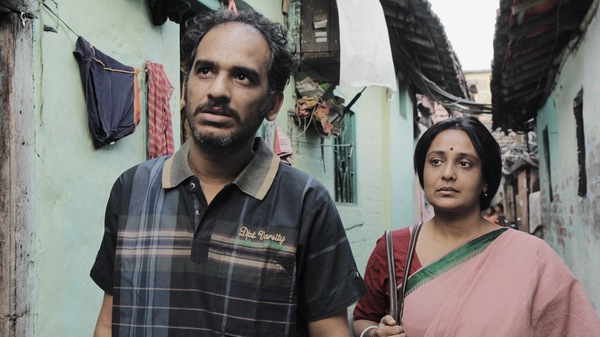Indranil Roychowdhury: Mayar Jonjal is more relevant today than the time it was made in 2020
The film which is a joint production between India and Bangladesh features Ritwick Chakraborty, Chandreyee Ghosh, Bratya Basu, Aupee Karim, Shohel Mondol, Paran Bandyopadhyay, and others.

Last Updated: 03.02 PM, Mar 01, 2023
Indranil Roychowdhury’s Mayar Jonjal will hit the theatre on February 24. Based on Manik Bondyopadhyay’s stories, the script has been contemporised. The film which is a joint production between India and Bangladesh features Ritwick Chakraborty, Chandreyee Ghosh, Bratya Basu, Aupee Karim, Shohel Mondol, Paran Bandyopadhyay, and others.
Indranil and his team shot the film in 2020. Soon after their shooting, the pandemic hit India and everything came to a standstill. Is the film still relevant three years after it was made, we asked the director. “The film is more relevant today than it was in 2020. The film talks about working-class people losing their jobs. It is not a comfortable film. It gives a sense of helplessness among the common people. The pressure of a crumbling economy was there even before the pandemic when the film was shot. However, that crisis became far more real and closer to us after the pandemic when people lost their jobs. The desolation, personal loss, depression – everything went up manifold after the pandemic. Earlier, there was no real trigger for the hopeless situation. The indications were subtle. Mayar Jonjal magically found the right time when there is a real trigger. People are impatient and cornered. They can factually correlate with the crisis and emotion they will get to see on the screen. I think the film has become way more relatable today than before,” said the director.
Talking about the film, Indranil said that the idea germinated from one story of Manik Bandyopadhyay. “Then I found that one story is not creatively liberating enough. Then came another story and as the two tales crisscrossed and brushed along with each other, it became more interesting,” he said. What amazed the filmmaker is how a story that was written 70 years ago could still be relevant in today’s time. “Manik’s stories are from the time of the Partition. Those came out of a certain desolation and hopelessness. It was amazing to see how the post Partition tales coincided with the post-pandemic stories. The emotional crisis that Manik captured 70 years ago remained the same,” he said.
-
